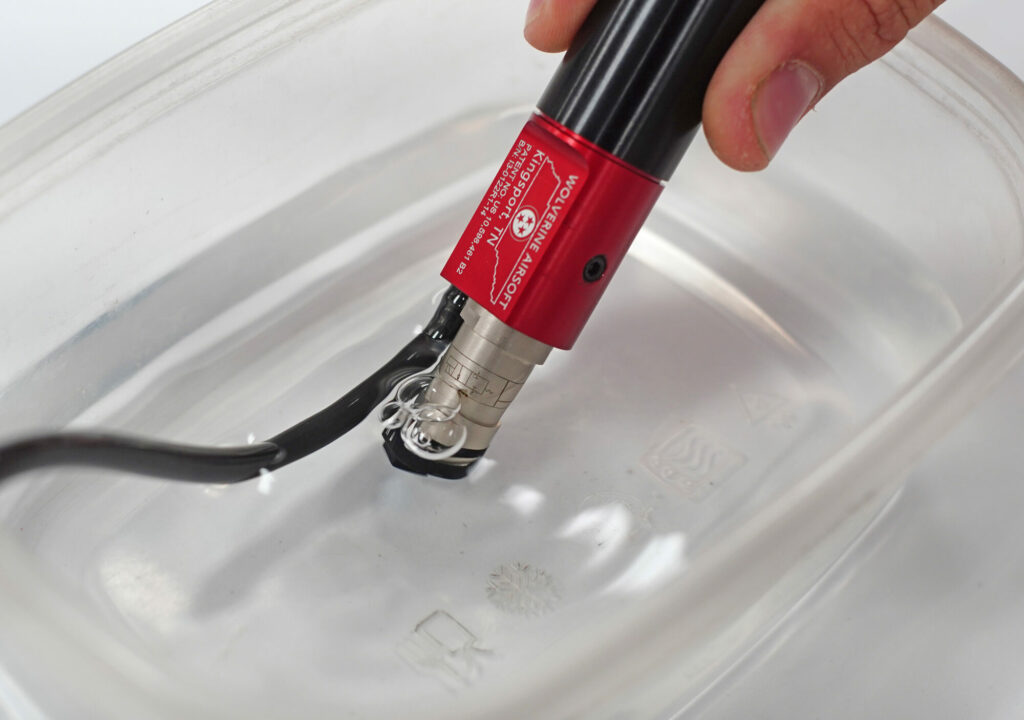What’s in a Kit?
AEG Conversion Kits include an HPA engine and airline as well as required electronics components for standard installations. For example, our INFERNO kits are available in the four options.
V2 Kit
- INFERNO with M4 Nozzle
- V2 Trigger Board
- Premium FCU
- 14″ Wire Harness
V2 Spartan Kit
- INFERNO with M4 Nozzle
- Spartan Electronics
- 14″ Wire Harness
V3 Kit
- INFERNO with AK Nozzle
- V3 Trigger Board
- Premium FCU
- 12″ Wire Harness
M249 Kit
- INFERNO with M4 Nozzle
- Premium FCU
- M249 Wire Harness
Choosing the right kit
See the list below to ensure you obtain the correct kit for your replica. See also that some replicas require additional components not part of our standard kits. For example, for the A&K Masada, you’ll need to swap your INFERNO’s nozzle for an A&K Masada nozzle, as well as swap out your kit’s 14″ V2 Wire Harness for the shorter V3 12″ Wire Harness.

